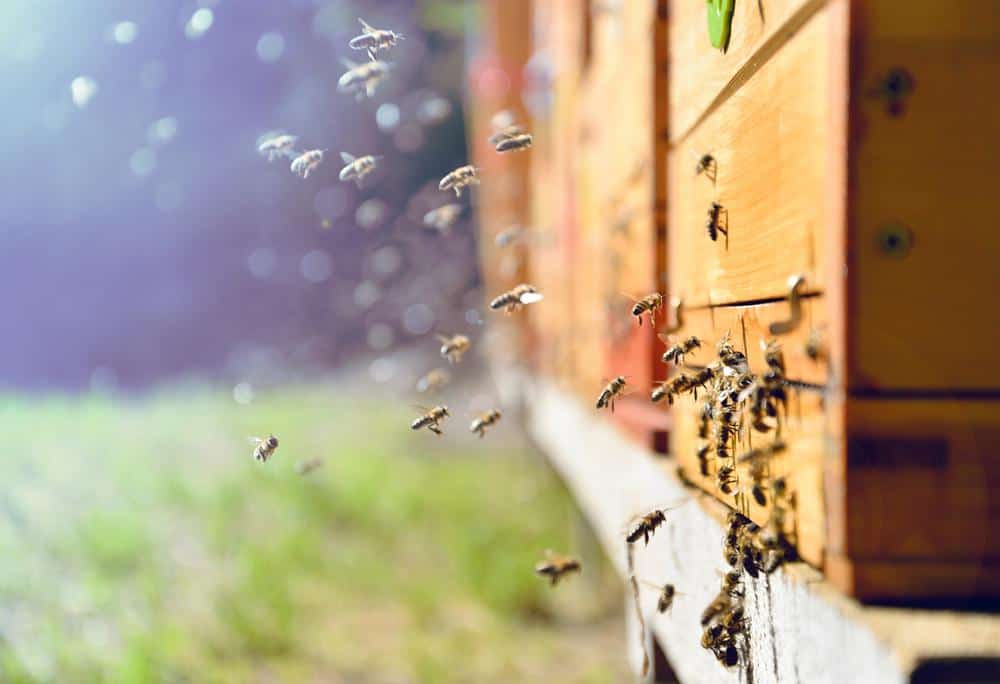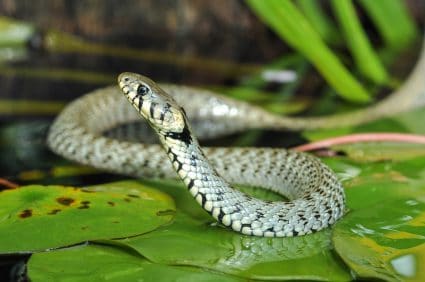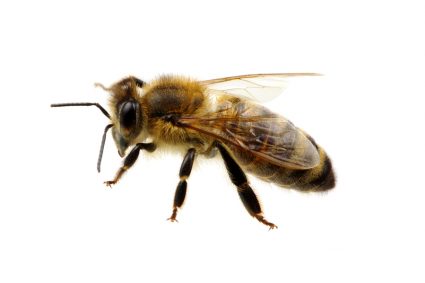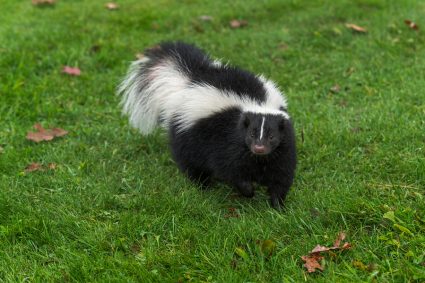
Bird feeding is a rewarding hobby enjoyed by many homeowners. However, one common issue faced by bird enthusiasts is the unwanted attention of bees. While bees are crucial pollinators in our ecosystem, their presence at bird feeders can deter birds and lead to less avian activity. This comprehensive guide will provide you with practical, effective methods on how to keep bees out of bird seed without harming these essential insects.
To keep bees out of bird seed, choose bird seeds less attractive to bees like black oil sunflower seeds, use bird feeders with built-in bee guards or saucer-style feeders, and hang them in shady spots. You can also try DIY solutions such as using a red saucer feeder, moving the feeders frequently, or providing an alternative food source for bees. Lastly, consider feeder accessories like bee guards and ant moats, and avoid feeders with yellow accents. Fill feeders halfway during summer and refill them frequently to minimize spoiled seed and bee attraction.
Understanding Bees and Bird Seed
Before diving into the solutions, it’s essential to understand why bees are attracted to bird seed. Bees are attracted to bird seed due to the pollen-sized seed dust particles and yeast found in some seeds, such as cracked corn. However, they typically only resort to bird seed when their preferred food sources are scarce, such as during late winter or early spring.
Choosing the Right Bird Seed
Some types of bird seed are more attractive to bees than others. Black oil sunflower seeds, for example, are a popular choice for attracting a variety of birds without explicitly attracting bees. On the other hand, cracked corn and bird seed mixes containing filler seeds like milo, wheat, oats, barley, flax, and rapeseed/canola are more likely to attract bees. By selecting the right type of bird seed, you can minimize bee attraction to your bird feeders.
Bird Feeder Design & Location
The design and location of your bird feeders can also impact bee attraction. Opt for feeders with built-in bee guards or saucer-style feeders. These feeders make it difficult for bees to access the nectar while still allowing birds to feed comfortably. Also, hang feeders in shady spots, as most flying insects prefer to feed in full sunlight. This will keep the nectar cooler, slow fermentation, and minimize leaks.
DIY Solutions
There are several DIY solutions homeowners can implement to keep bees away from bird seed:
- Use a red saucer feeder: Bees are not attracted to red, so using a red saucer feeder can help keep bees away.
- Move the feeders frequently: Relocating the feeder even a short distance can discourage bees without deterring birds.
- Provide an alternative food source for bees: Offer bees a dish with good quality honey or a sweeter sugar water solution to keep them away from bird seed.
- Keep the feeder shaded: Most flying insects prefer to feed in full sunlight, so hanging bird feeders in a shadier spot can make them less attractive to bees.
Feeder Accessories and Modifications
Bird feeder accessories and modifications can also prevent bees from accessing the bird seed. Some of these include:
- Bee guards: These are small devices that can be attached to hummingbird feeders to prevent bees and other insects from accessing the nectar.
- Ant moats: A water-filled moat surrounding the feeder base can act as a barrier that prevents bees from crossing over and getting close to the food source.
- Avoiding yellow accents: Bees are attracted to the color yellow, so avoiding feeders with yellow inserts can help deter them.
Timing and Frequency of Filling Bird Feeders
The timing and frequency of filling bird feeders can impact bee attraction. To minimize bee attraction to bird feeders, it is recommended to fill feeders halfway during summer and refill them frequently. This will minimize spoiled seed and keep birds cool, encouraging them to visit more frequently and feed for longer periods.
Conclusion
While bees can be a nuisance at bird feeders, remember that they play a crucial role in our ecosystem. The goal is not to harm bees but to discourage them from visiting bird feeders. By using these methods, you can effectively keep bees away from your bird feeders while still providing a safe and comfortable feeding environment for your avian friends.
Frequently Asked Questions
What other colors are bees not attracted to?
Apart from red, bees are also not attracted to white or green. They are, however, attracted to yellow and blue, so avoid using these colors for your bird feeders.
What time of the day should I refill my bird feeders?
It is best to refill bird feeders early in the morning. This is when birds are most active and are looking for food. Refilling in the morning also reduces the chance of seed spoiling in the heat of the day.
Can I use pesticides to keep bees away from my bird feeders?
It’s not recommended to use pesticides around bird feeders. Pesticides can harm both birds and bees, and they can contaminate bird seed. It’s better to use the methods outlined in this guide to keep bees away from your bird feeders.
What other insects can be attracted to bird feeders?
Apart from bees, bird feeders can also attract wasps, ants, and squirrels. Each of these pests requires a unique strategy to deter them from your bird feeders.
What types of birds are attracted to black oil sunflower seeds?
Black oil sunflower seeds are popular among a wide variety of birds, including cardinals, chickadees, finches, sparrows, and woodpeckers. They are a high-energy food source that’s beneficial for birds, especially during cold seasons.










